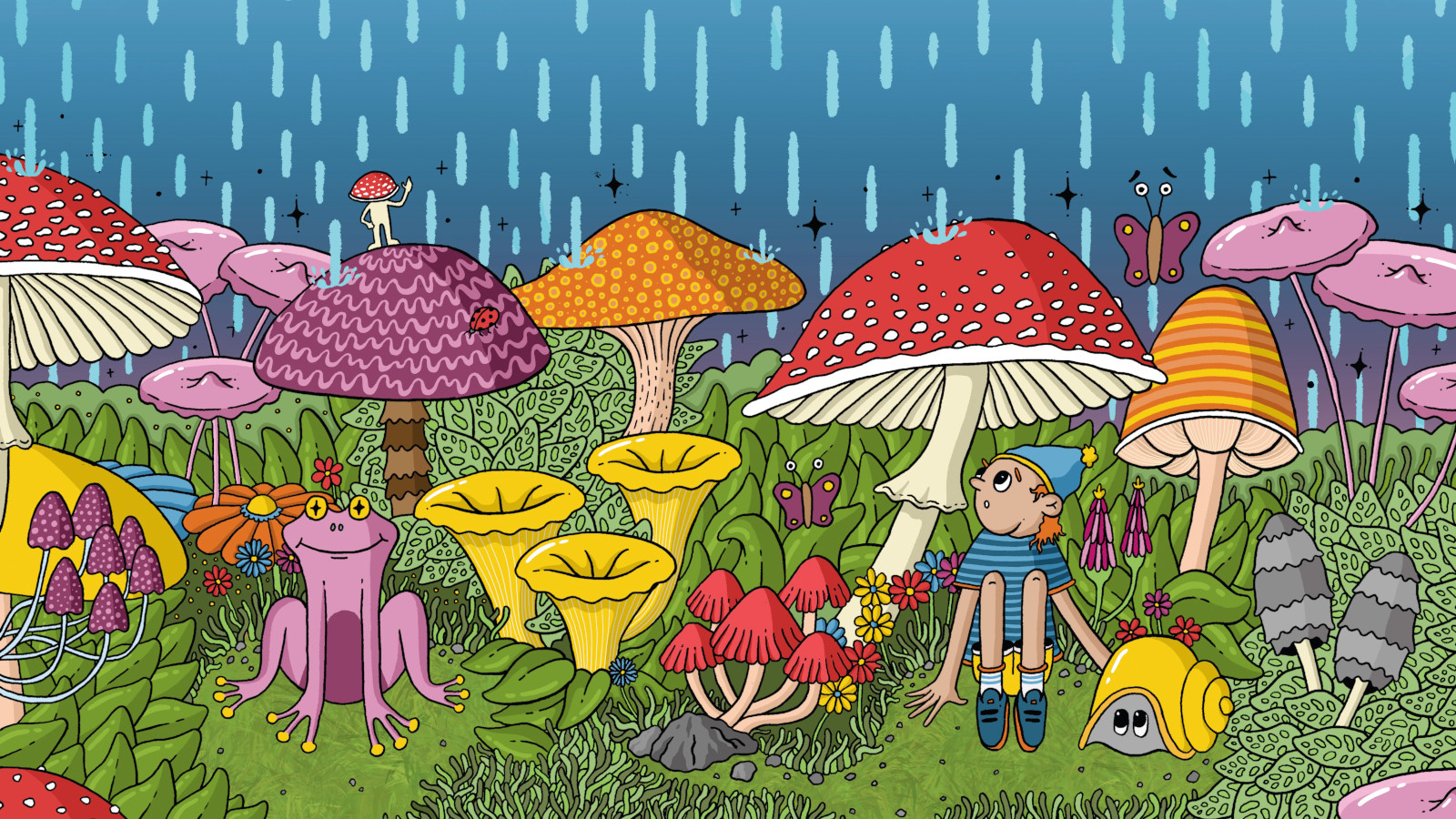
When you're trying to develop your characters, sometimes the best thing you can do is step away from your drawing tablet or sketchpad and think differently. When you're developing your characters, you shouldn't only be thinking about how they look, but also how they feel, think and behave.
This isn't just for storytelling or background purposes; it can inform your art too. Knowing a character as a person, inside-out, will help inform you of aspects of their personality that should be represented visually. What do they wear in different situations, what do they carry in their pockets, how differently do they carry themselves when in the presence of different people?
I've put together 17 tips to guide you through exercises that can help you develop your characters, assisted by some wonderful artwork by Toby Hawksley. Hopefully these can help you think about your character art in a way you may not have considered before, detached from a visual process, pushing you towards a broader outlook on how a good character is made. Any of these exercises can become an enjoyable part of your creative process that doesn’t necessarily involve the best drawing tablets and best digital art software. And if you finish this piece and find yourself hungry for more tips, don't miss our 27 expert character design tips from leading artists and illustrators.
How to develop your characters
01. Try free writing
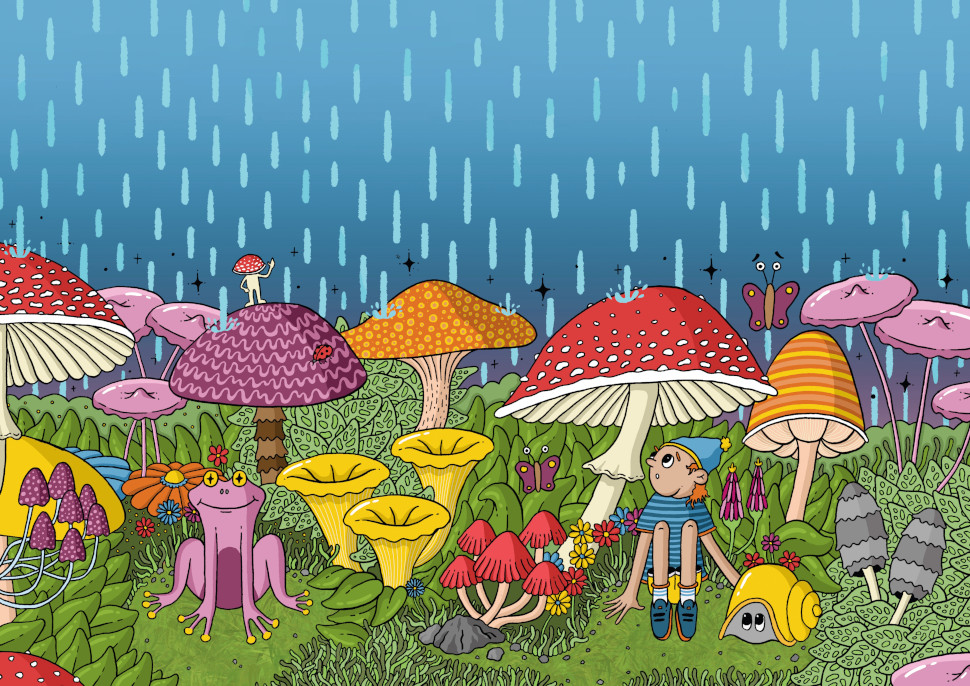
It’s undeniable that the creative industry is a stressful one. I find the pressures of freelance and working for myself a tough career path sometimes, and one tip I find extremely useful when I’m beginning the character development process is free writing.
Free writing is when you set a timer for five minutes and continuously write on a page without a second thought. I find this stream of consciousness an opportunity to write effortlessly in a less pressured, less calculated manner. I often develop a character in my head to the point where my vision becomes far removed from my original idea. Free writing can literally free up the mind for a moment and allow you to create more openly.
You can really experiment here and work in a location that you might not normally work in. I like to get set up in coffee shops and natural environments the most. Take it in, write it down, and the best part is that you don’t think.
02. Make a playlist (your character likes music too!)
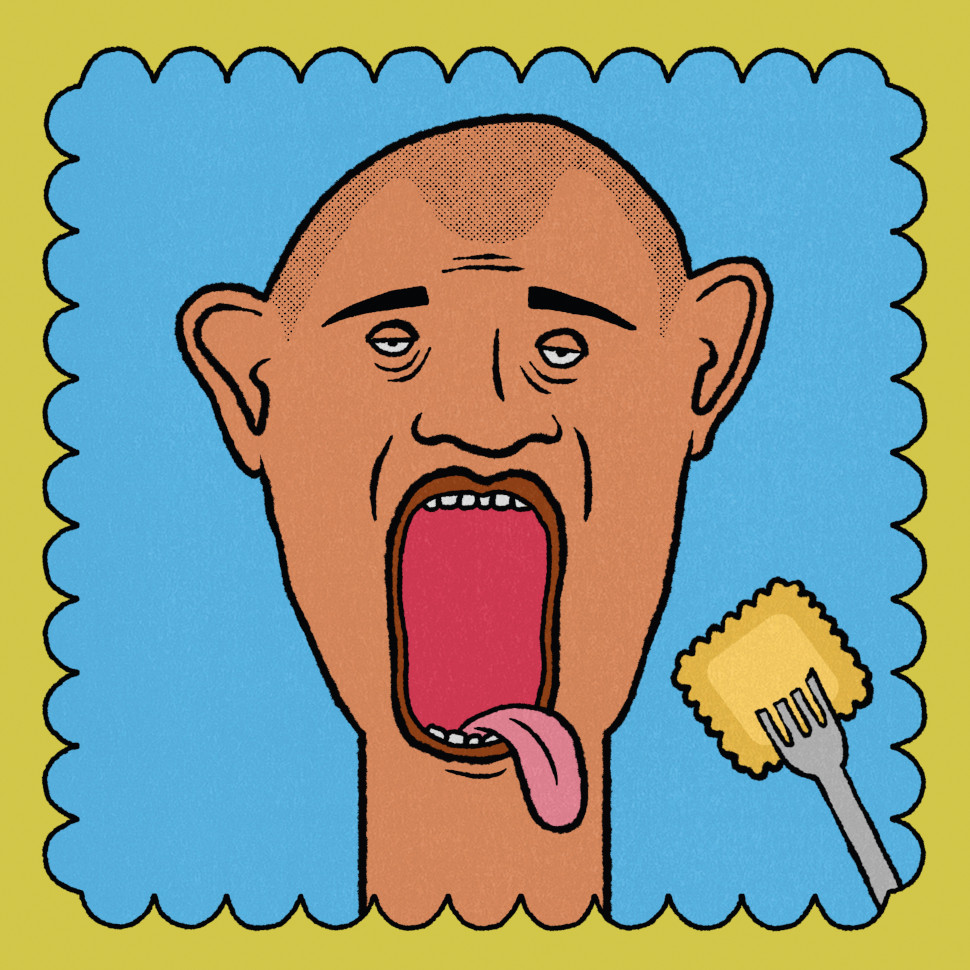
I’ve always been a serial playlist- maker and I often like making them for my friends, tailoring music to how I perceive them as a person. Almost all of us have some form of subscription to a one music-sharing platform or another and, in theory, your character might too.
So why not craft them a playlist of their favourite songs? This can be a great tool to help you understand the emotions of your character and begin revealing their likes, dislikes and guilty pleasures, all of which will help you layer on a good narrative.
Not only will this help your art, but it is a fun activity that I find is a great way of breaking up my day.
03. Tap into your emotions

Characters are emotional and your artwork will illustrate a static emotion in time, so I find it best to write these emotions down. Think of as many emotions as you can and write a list of them.
I often spend a good 10 minutes doing this so that I can really get into the intricacies of a specific feeling. It’s great to take yourself away from drawing with exercises like this, so that your mind has some space to breathe.
To get you thinking, a few example emotions beyond the norm could be:
- Elated
- Concerned
- Distraught
- Irate
- Confused
- Muddled
- Ecstatic
- Sorrowful
- Bashful
- Embarrassed
Though you can be as simplistic or elaborate as you like; the Seven Dwarfs aren’t famous for nothing.
04. Relationship management
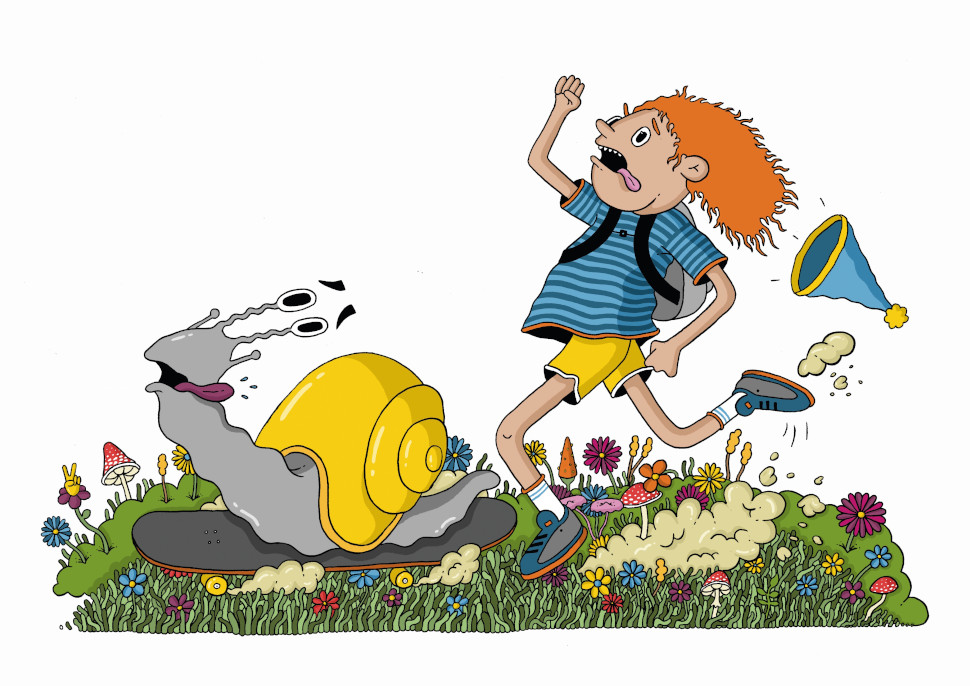
I like looking to literature in these situations, and Sally Rooney, author of best-selling novel Normal People, certainly has a sound understanding of character development. She describes her process by first creating a relationship between two people, with their specifics coming in later.
By thinking about how two of your characters interact with each other, I find it becomes much easier to figure out the kind of characteristics the individuals might have, thus developing that richness we’re so striving for.
In Rooney’s case, she thought about taking the nerdy girl in school and pairing her with one of the popular boys, and went from there. Whether it’s a mother-daughter dynamic or the love between a boy and his pet, developing the relationship first can be a great way for your character to form later
05. Distinctive mannerisms
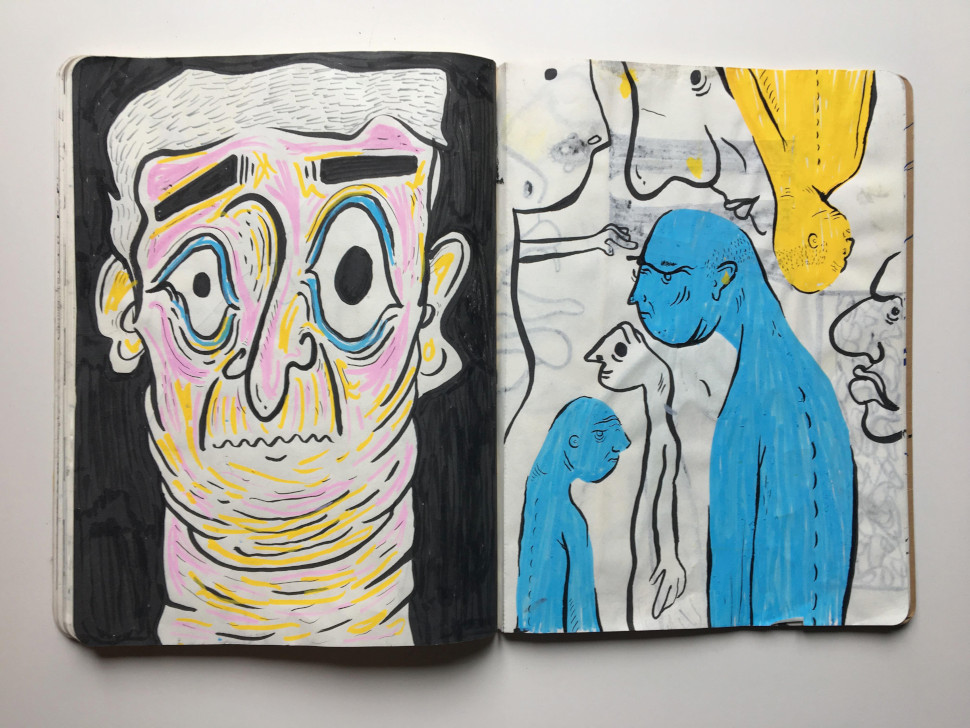
We all have our unique quirks in life. In my case, I like textures and often find myself feeling the softness of my jumper between my thumb and index finger to calm me. Your character can possess these kinds of unique qualities too, so have an exploration of mannerisms.
You can achieve this in a multitude of ways. I enjoy various forms of media and like watching a film I know well to try to figure out what unique mannerisms each character possesses, and use them in my work. Absorbing as much information as possible from the world we live in can help within your art by making it seem more authentic. Most of my journalistic ideas come from experiencing life, the news, films, art – anything with substance.
06. Use your own relationships
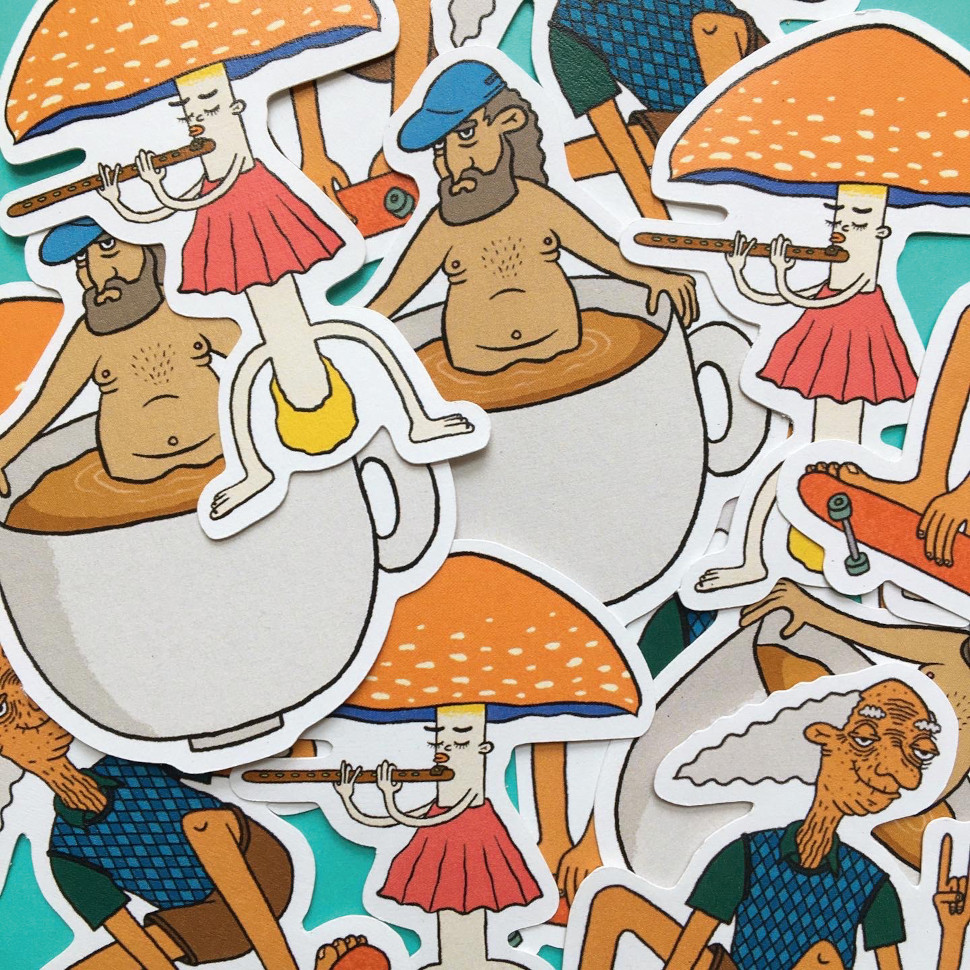
Our relationships are what define us as humans, and your characters can be relayed in the same way. Use your relationships to show this and use people you know to inspire how a character acts.
These relationships don’t have to be restricted to close family and friends; remember that we build relationships daily, no matter how small. The shopkeeper, the postman, or the doctor all have some form of relationship with you as an individual, and can be used to inspire the life in your work.
07. Use surroundings to your advantage
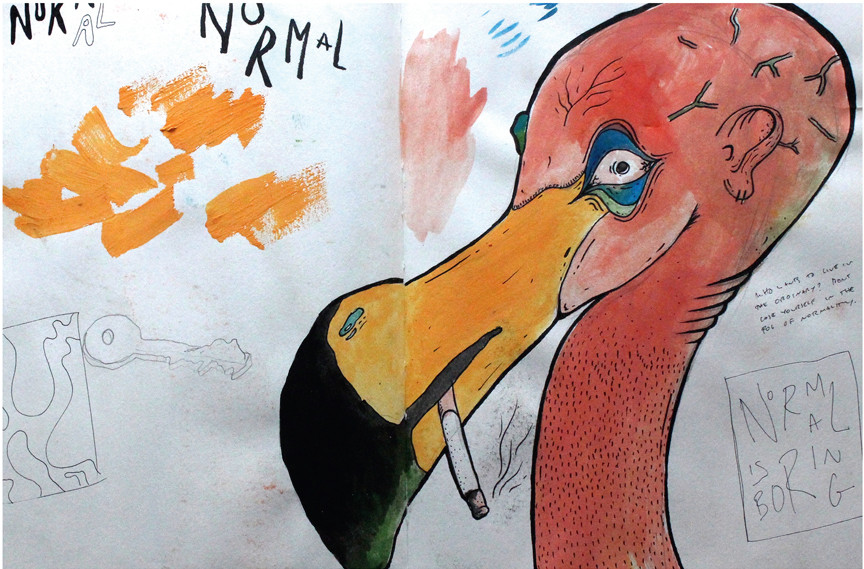
The world around you – and particularly the people in it – can be an ideal source of material when you're faced with the task of creating a new character. When I need some inspiration for a how a character looks, I like to choose a nice coffee shop. There’s no greater joy than an oat flat white, fast wifi and a dimly lit, furniture-studded spot. Choose somewhere you love, somewhere you’ve been before, it doesn’t matter, but make sure it’s full of life and vibrancy.
It may be daunting to start drawing a stranger, so why not take it easy? Perhaps draw someone’s dog first, and see where that path takes you. Use their features, watch their mannerisms, and study them to create a piece of artwork that reflects how they look.
I like to then write 50 words about them, a sort of synopsis of their entire life that I’ve invented in the space of five minutes. Develop a backstory, a family tree, write as much down as you can within five minutes and by the end of it, you should have formed some kind of character.
08. Everyone has weaknesses
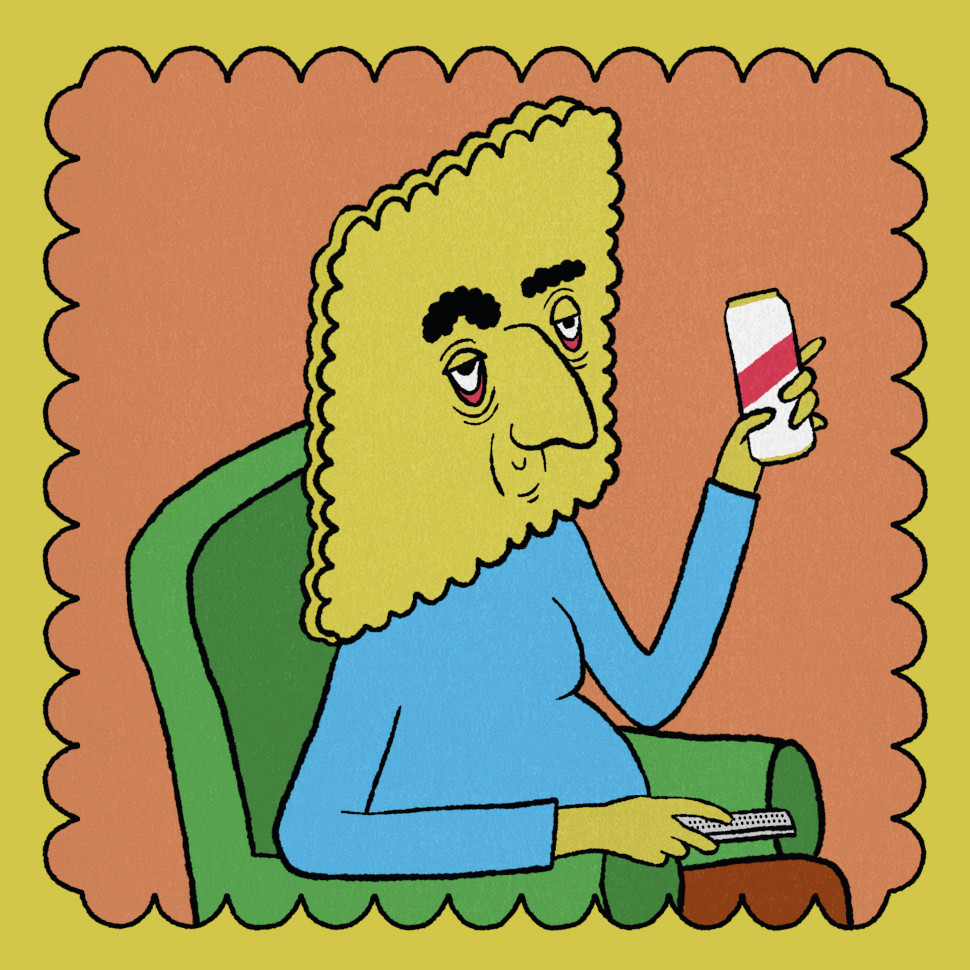
As much as I don’t care to admit it, I have weaknesses and so do you. Even superheroes, the characters who are often viewed as untouchable within a narrative, possess some form of weakness, so have a look into what that might be. A weakness could be physical or mental, and are often aspects of character that make someone seem more real, more relatable, and ultimately able to carry a better story. No one is perfect, and your character doesn’t need to be either.
09. Go for the slow-reveal process
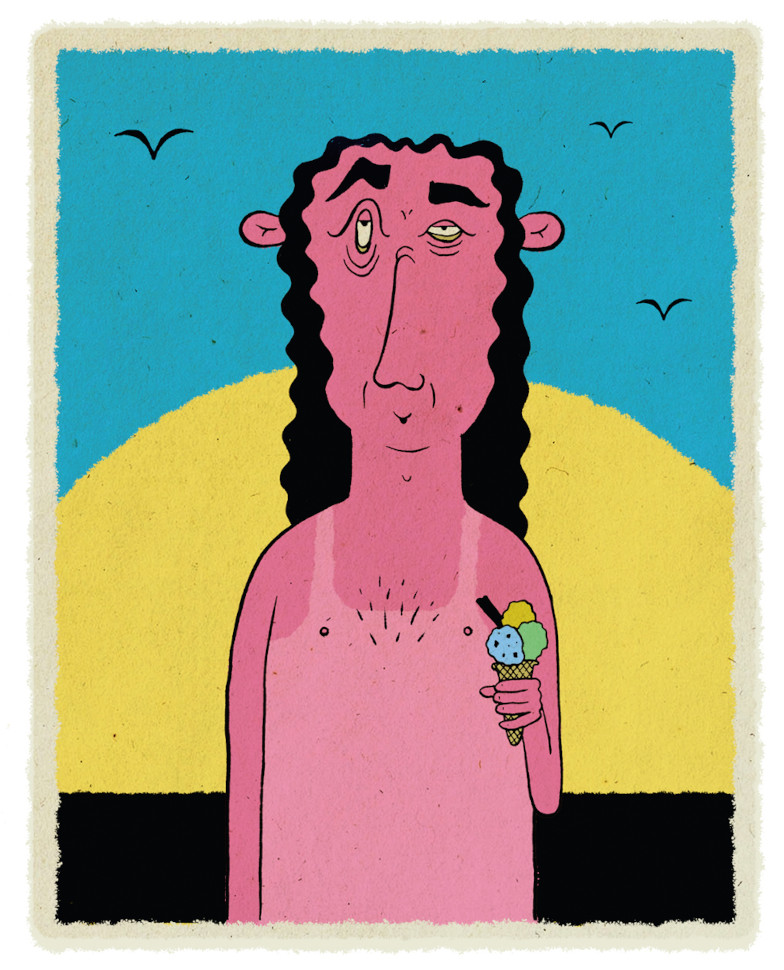
With all this new information it’s easy to get caught up in the complexities of character. Relax. The best way to reveal your character is slowly. No one walks into a room and speaks about every aspect of their life.
Take it slowly and reveal your character in parts, showing their attributes and feelings across a breadth of pieces. For a standalone piece, choose your favourite expression and view the work as a snapshot of their life rather than a reveal of the entirety all at once.
10. Think about history
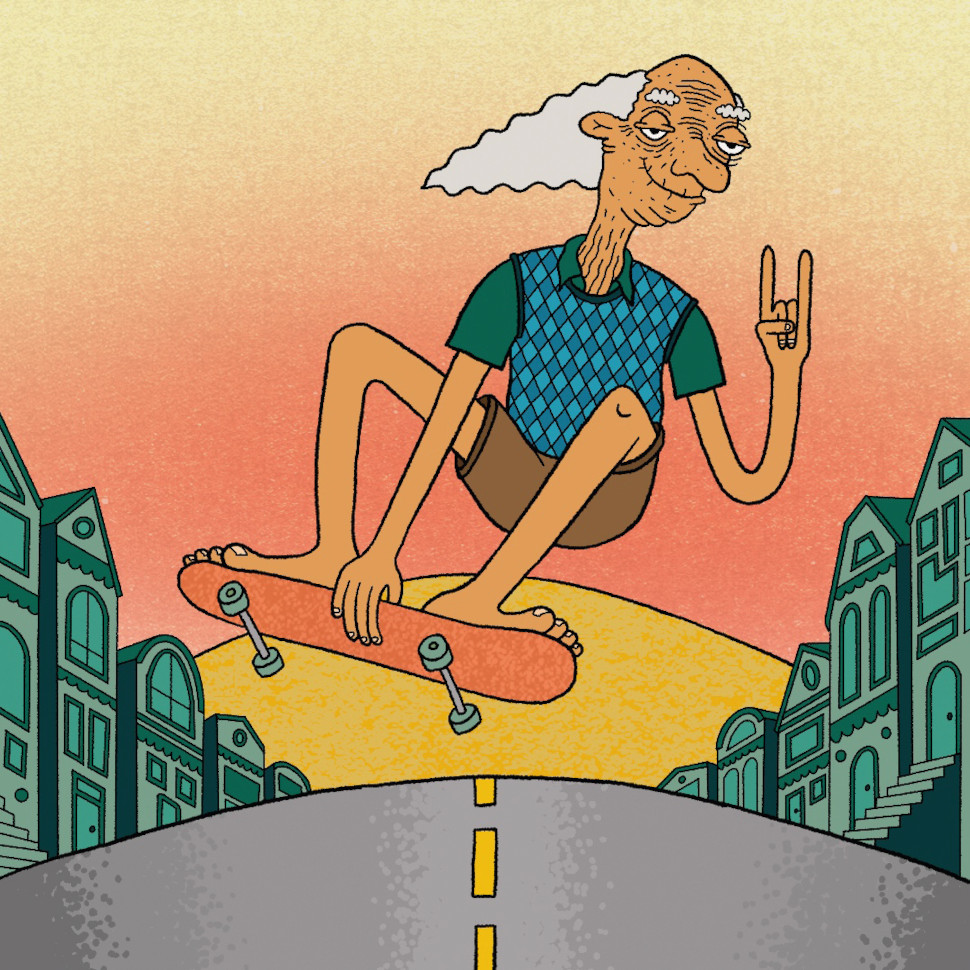
As you can see, a sense of character is achieved through layering and adding as much information as possible to make it feel believable. For me, history is integral to anything I write or draw about, so why not make a family tree and get creative about it? The history of your character will affect the way they act, so if they come from a family with 10 siblings they are bound to have a series of character traits that will relate to this.
It’s up to you how far you go with this, whether you opt for my technique of using an old scrap of paper and a trusty uni-ball pen, or if you want to go to town on Procreate and customise the tree to be a beautiful, tea-stained tapestry of times gone by.
11. Sketch first (and sketch small)
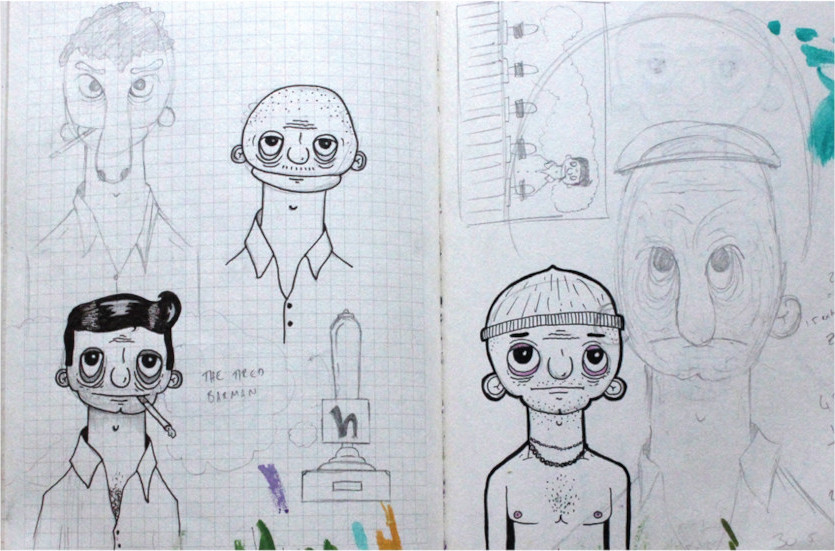
The Procreate ether can often be a daunting concept, I find there is a multitude of brushes, colours, depths and tones that can bring richness to your painting later on. Taking a step back and thumbnail drawing can be a great way to initially gauge the facial features of your character. Use a pencil or go for the digital approach, but starting off small can be a great way to quickly visualise the character you’re focusing on.
12. Develop a strong line of action
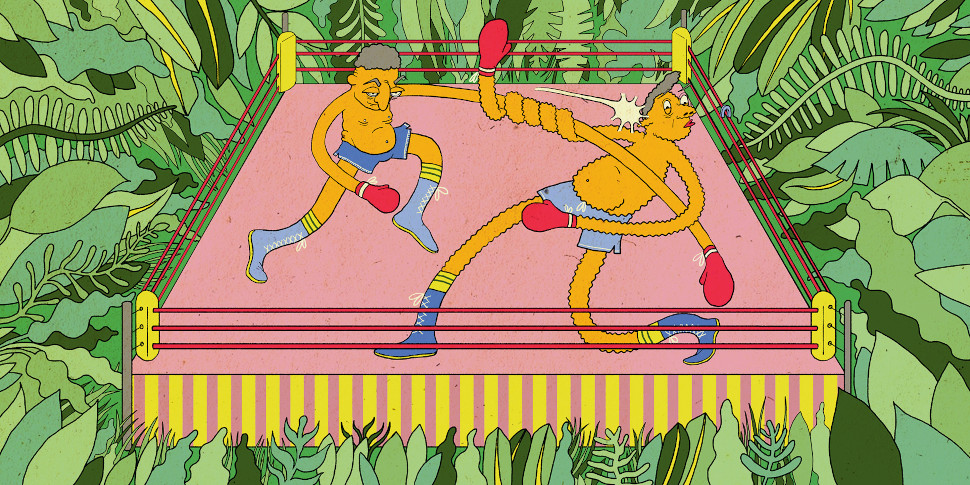
A great way of developing your character is with a strong line of action. Start by drawing a series of lines you think associate with a certain action. The slam of a hammer on a brick, for example, may be a fast movement with an explosive tailend, whereas an embrace between two long-lost comrades will possess a soft curvature.
Fast drawings can allow your subconscious to speak up, and drawing a collection of strong lines of action can be a great way of understanding your character on a deeper level.
13. Exploit line shape and length
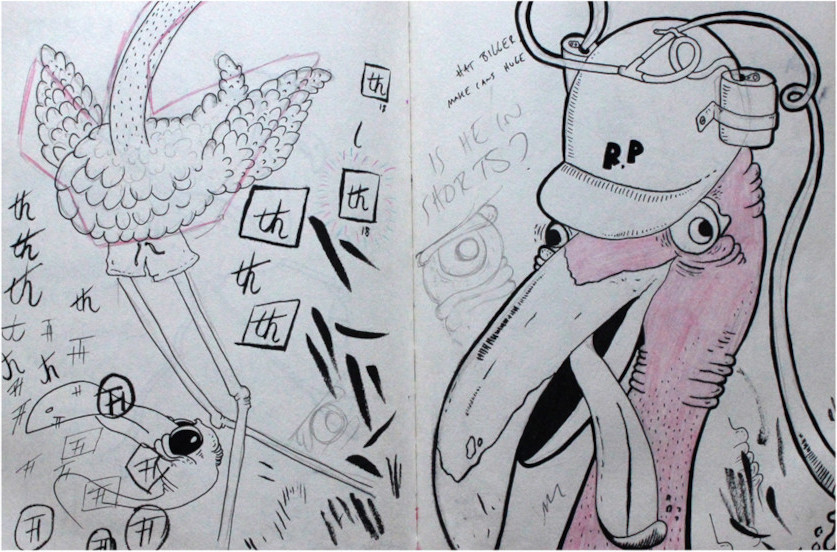
Speaking of lines, there are a number of ways you can use your drawing line to associate your character with the concept you’ve developed in your head. Think about the meaning of soft curved lines in comparison to sharpness.
Naturally we associate softness with a sweeter character, whereas harsh lines can correlate a tenseness or anger. Use this to your advantage by exploiting line shape and length for the character in question, using certain lines to reveal characteristics you’ve worked hard on so far.
14. Accessorise your characters

You’ve added the lines, the colours, the gestures and movements. Now, it’s time to accessorise. If you really think about it, do we as humans ever leave the house without the addition of some form of accessory? Maybe your mum is deeply into gardening and is never found without a trowel, or your mad uncle seems to be stuck with a beer in their hand. Your characters have these quirks too.
So accessorise and choose wisely, because they might end up holding a specific item every time you wish to draw them.
15. Think carefully about colour
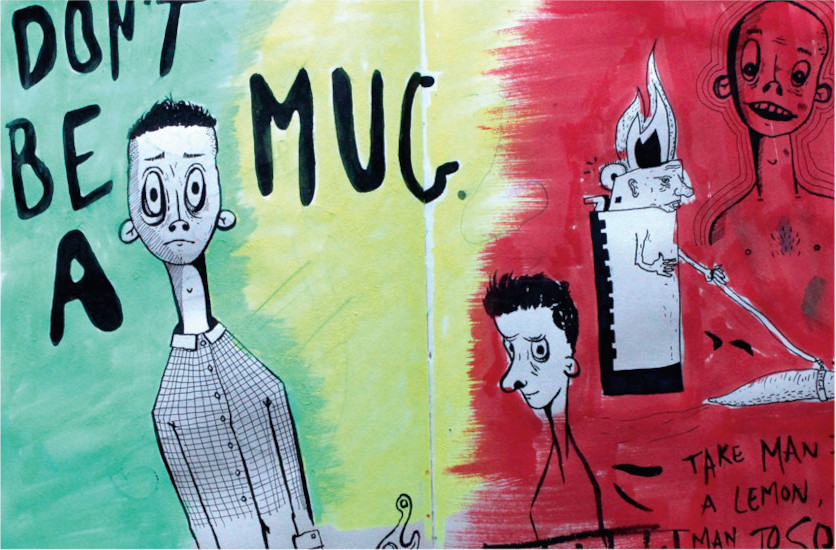
Books have been written about the importance of colour. There is a universal scientific understanding of how colours interact with each other, so taking this into consideration, your colour palette is vital.
Your use of colour can link back to building a relationship with another character before you develop the character themselves. I like using complimentary colours for characters who are in love, or contrasting colours for characters who hate each other. You can really lean into colour to develop your character and reinforce the viewer’s association with colour and emotion.
Read up about how different emotions can relate to different colours and keep that in mind when choosing your palettes. If you’re stuck for palettes, take to the web. You can find an abundance of different options and even use websites to randomly generate a palette for you.
16. Be honest with yourself
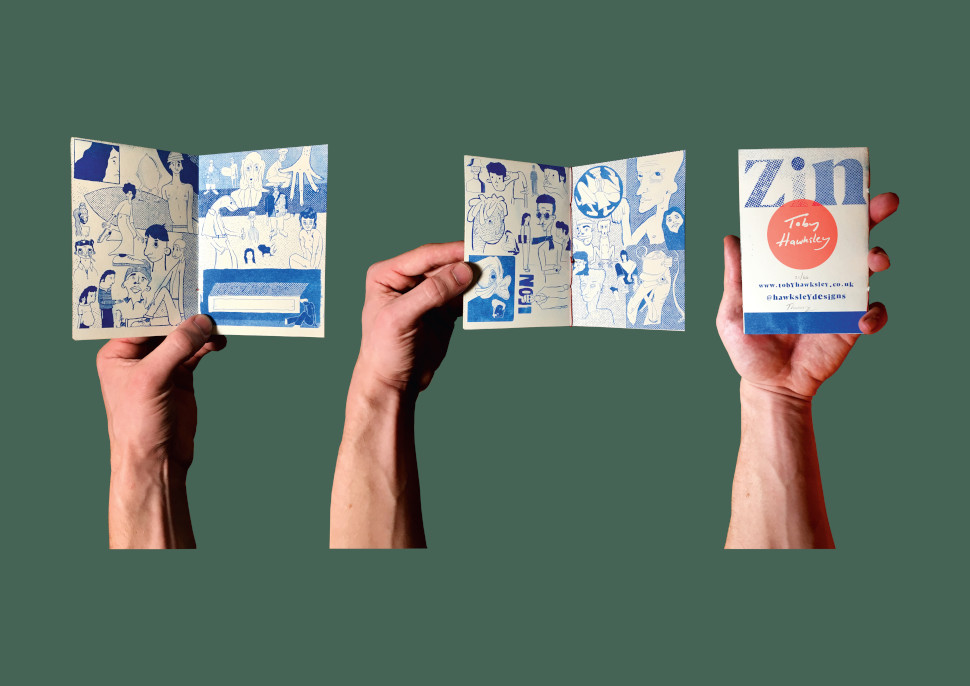
One of the hardest parts to any form of creative outlet is to be honest with yourself about how the artwork is going. Self-criticism is an art in itself and takes years to master, but openly engaging with your own flaws and recognising that something isn’t working out is a tough but necessary part of character development.
Admitting that a feature isn’t quite right is difficult, but a good way to get over this is practising drawing a multitude of eyes, for example, to see which one works best. Even if you do ultimately return to your original drawing, there’s nothing wrong with experimentation. Just don’t get too attached, as the separation will hurt too much.
17. Ask for feedback
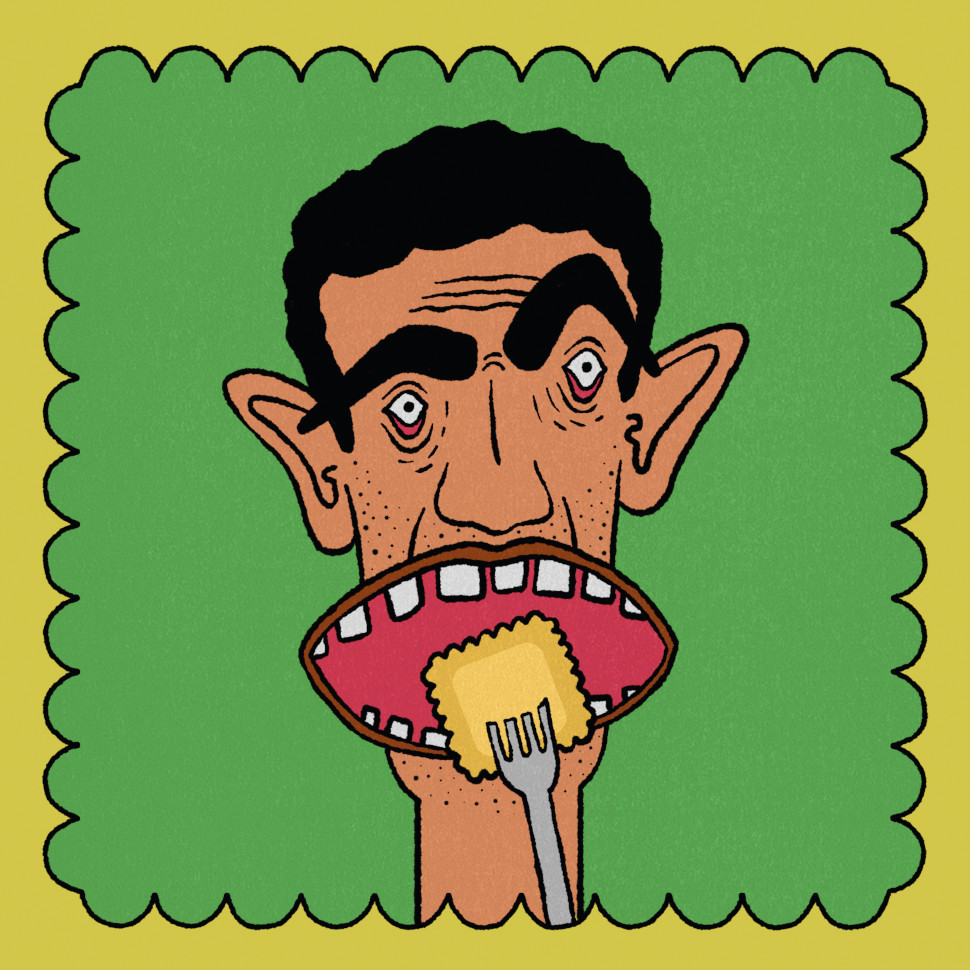
One of my most important tips is to ask around. Your friendships are invaluable research to understanding how others interact with your character and whether or not it’s the reaction you want.
Spend a day researching with your friends – artists or not – to see how they react to a set of characters. Ask them their favourites, their problems, you could even do this in a café with strangers. Being bold and fearless with your artwork is an essential element to developing a good character. You need to back your work.
This content originally appeared in ImagineFX. Subscribe to ImagineFX at MagazinesDirect.







